What is a Simple Extraction?
While modern dentistry has many ways of helping avoid an extraction, sometimes it is inevitable. Simple tooth extraction is one of the most common dental procedures performed to remove a tooth that is damaged, decayed, or causing crowding. It is called “simple” because the tooth being removed is visible above the gum line and can be easily accessed by the dentist without surgical intervention.
Some factors may require tooth extraction, such as a very extensive and deep cavity that has reached the pulp, compromising its entire structure. Other cases that may require extraction include:
- infection that has reached a large part of the bone base and surrounding areas;
- lack of space for new teeth, such as wisdom teeth, to grow in;
- teeth that have erupted but are partially protruding, as these can be sources of bacterial accumulation and cause more serious damage.
In any case, it's essential to consult a professional for proper guidance and the best treatment. Initially, they may request an X-ray to examine the roots of the teeth to determine their position and then choose the best course of action. If the teeth are compromised and extraction isn't performed, they can pose health risks, such as the formation of cysts, tumors, infections, and systemic diseases.
Surgeries: simple tooth extraction
Oral problems that inevitably lead to the extraction of one or more teeth are more common than many people realize. Extraction surgeries occur almost every day in dental offices due to problems such as cavities or infections.
A simple extraction is performed under local anesthesia, and some patients may require sedatives to control anxiety or nervousness. Overall, it's an extremely simple procedure, with no major risks or complications.
How is tooth extraction performed?
First, the dentist will perform a thorough oral health assessment to determine whether extraction surgery is necessary. If so, the dentist will administer local anesthesia and then use an instrument to dislodge and subsequently extract the tooth. Finally, the dentist will close the area with a few stitches.
Postoperative care
After simple extraction, your dentist will recommend a series of precautions to avoid complications and unnecessary pain. It's recommended to follow a liquid-based diet and soft foods for the first three days, as well as avoid very hot foods. Brushing should be done gently to avoid trauma to the healing tissue.
How to avoid losing a tooth?
To prevent the loss of one or more teeth, it's important to follow a hygiene routine that includes flossing, thorough brushing, and using mouthwash that combats plaque. Additionally, regular visits to the dentist are recommended to check for and treat any problems as soon as possible.
The difference between a simple and a surgical extraction
Surgical extraction is a more invasive procedure, used for teeth that haven't erupted (impacted), are partially removed from the gums, or are broken below the gum line. In these cases, the dentist needs to make an incision in the gums and may also remove a piece of bone or divide the tooth to remove it.
In Conclusion
A simple extraction is a safe and effective procedure that helps prevent infection, relieve pain, and maintain the balance of the mouth. With proper care before and after the extraction, patients typically recover quickly and can return to normal activities within a few days. Contact us today with your dental needs, and we will help ensure your beautiful and healthy smile!

